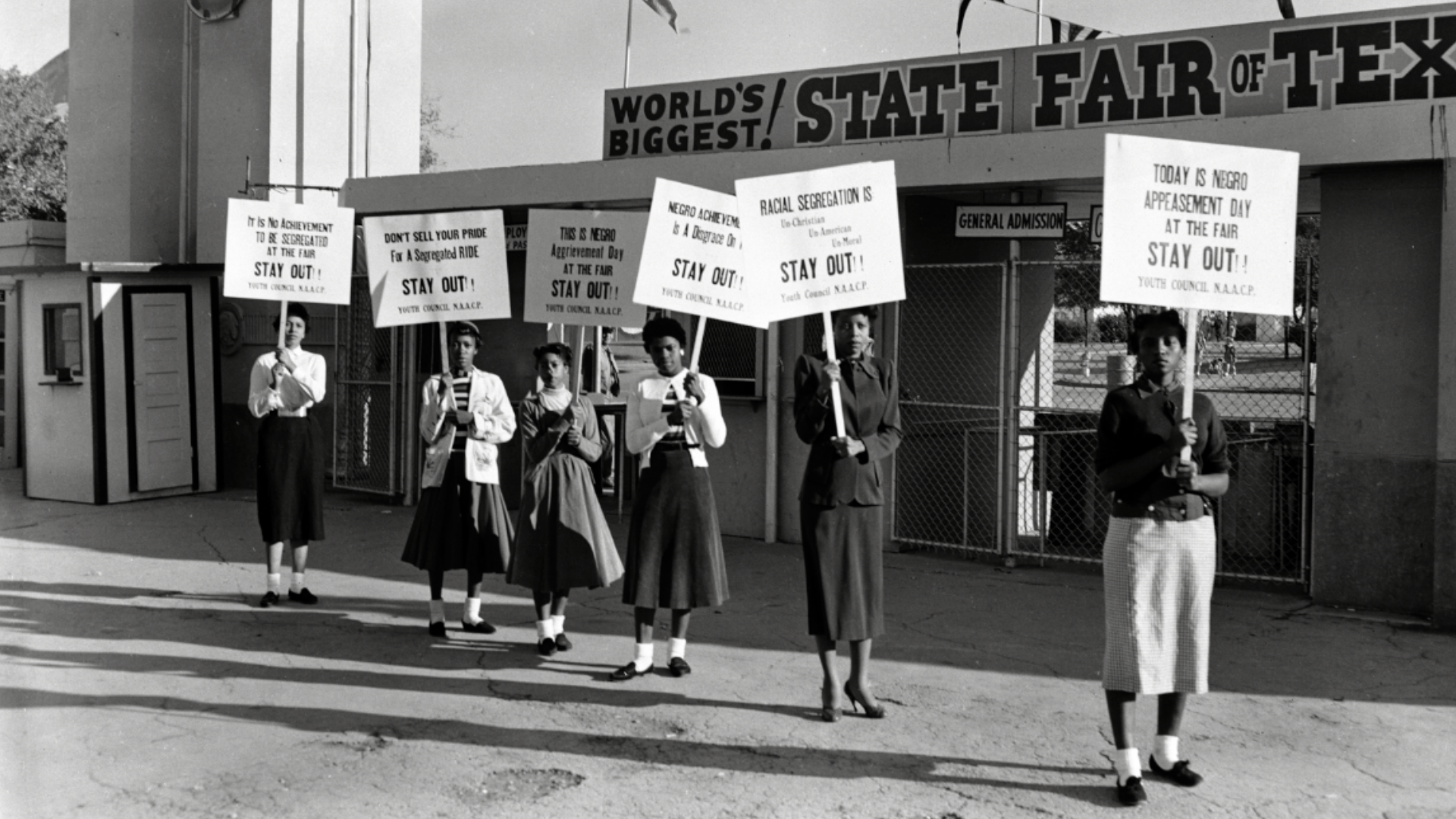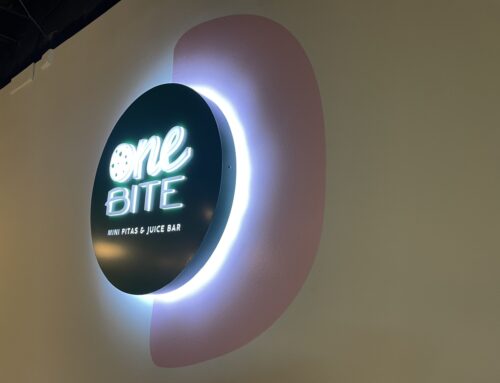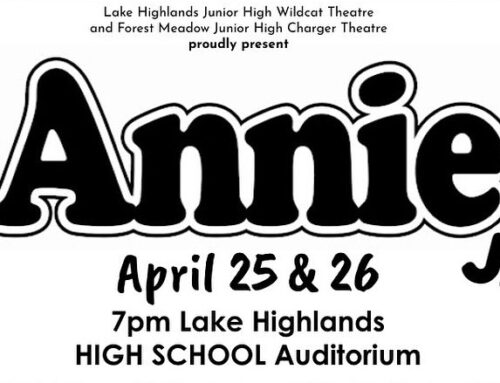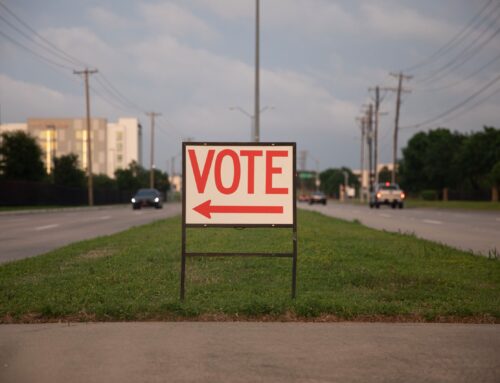
Members of the NAACP Youth Council Juanita Craft Papers, the R.C. Hickman Photographic Archive, and the Briscoe Center.
Seeing all my friends’ posts from the State Fair over the weekend reminded me of what I think about every year as those Big Tex, cotton candy, corny dog pics hit my feeds — the fair’s racist history.
Yes, I am fun at parties.
But really, I think about historic figures such as Juanita Craft who noticed something out of place, to say the least, and did something about it in a way that was peaceful and sensible.
“Colored People Day” fell once per year at the fair during the 1900-1910 decade.
Ku Klux Klan Day in 1923 drew some 160,000 klansmen to the grounds for the initiation of the “largest class in the history of klandom,” according to a flier that included membership application on back.
1936 saw the start of “Negro Achievement Day” after which Black fairgoers were allowed that one day of full participation. Now — and here’s a lesson we should all remember all the time — just because things had improved for Black citizens since KLAN DAY did not mean things were at all OK.
Juanita Craft called it “Negro Appeasement Day.”
The designation began as a collaboration between the Negro Chamber of Commerce and the State Fair Board and featured a parade with fair queens riding floats down Dallas streets to the gates of Fair Park.
The annual date drew African American visitors from all over the state. It included high school and collegiate football games and Black citizen awards.
But Craft saw it for what it was — continuing discrimination and segregation of Dallas’ Black residents.
While in 1953 the fair began allowing Black people in any day, they could only ride rides and participate in various attractions on “Negro Achievement Day.”
Craft — who was Dallas’ youth advisor to the NAACP — organized a brilliant protest with the teenagers that began at Lincoln High School the morning of the 1955’s “Negro Achievement Day.”
The protestors wanted Black citizens to have the same rights as their white counterparts and carried signs that read,”TODAY IS NEGRO APPEASEMENT DAY AT THE FAIR.”
Not only did the kids stand along the parade route, but many boarded the parade floats — the protest became part of the parade itself.
In a 1974 interview with Humanities Texas Craft recalls the youths riding alongside waving pageant queens on floats chanting, “Stay out. Don’t sell your pride for a segregated ride.”
“The kids were on top of people’s houses along the route of the parade with megaphones telling about the segregated policy out there,” she said in 1974.
When the procession reached the entrance, participants turned and refused to enter.
The boycott and picketing lasted throughout the day and into the night, according to The Bullock Texas State History Museum.
While the Youth Council did not succeed in ending “Negro Achievement Day” that year, they did draw attention to the holiday’s problematic nature.
The NAACP awarded the Youth Council for their “well organized and peaceful demonstration,” the Bullock notes.
“In later years, adults took over picketing the fair. Achievement Day (fair planners dropped the “Negro” in 1957) officially ended in 1961, followed by the full desegregation of the fair later in the 1960s.”
The State Fair of Texas, in the past decade plus, has become a force for philanthropy and good in the communities that surround it. Everyone I have met who works at the State Fair today acknowledges their employer’s racist past and its role in creating problems that in some ways linger today. In fact it’s what motivates many of them. The vice president of the fair’s community affairs and alliances Froswa’ Booker-Drew said last year she would “be remiss to ignore the history of the state fair … that drives us to do the work differently.”





